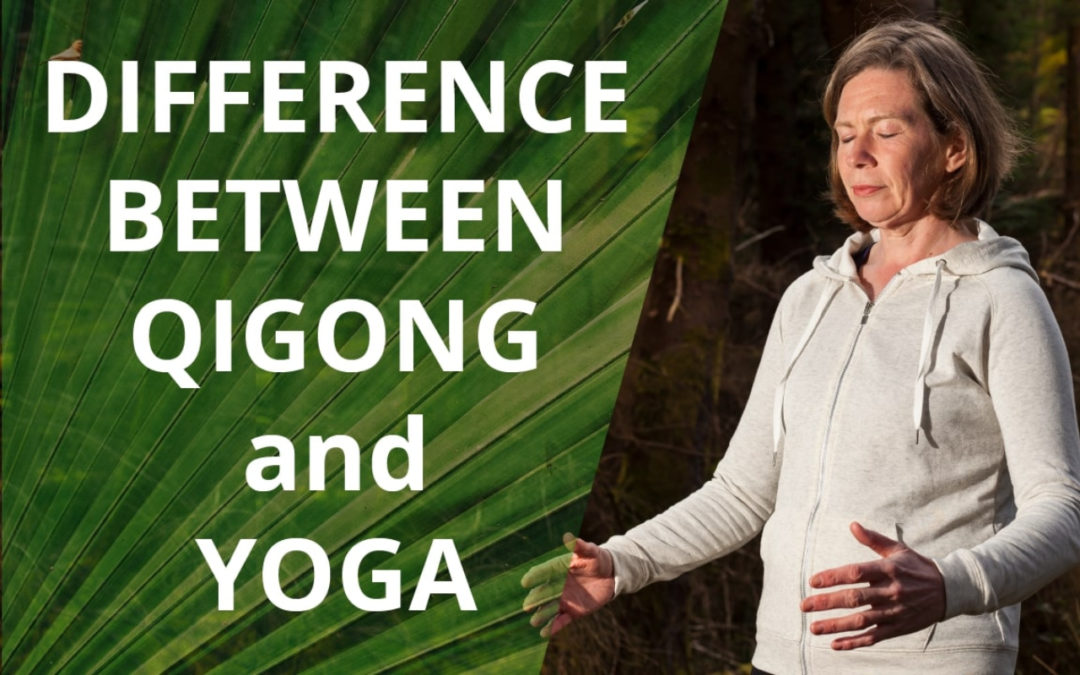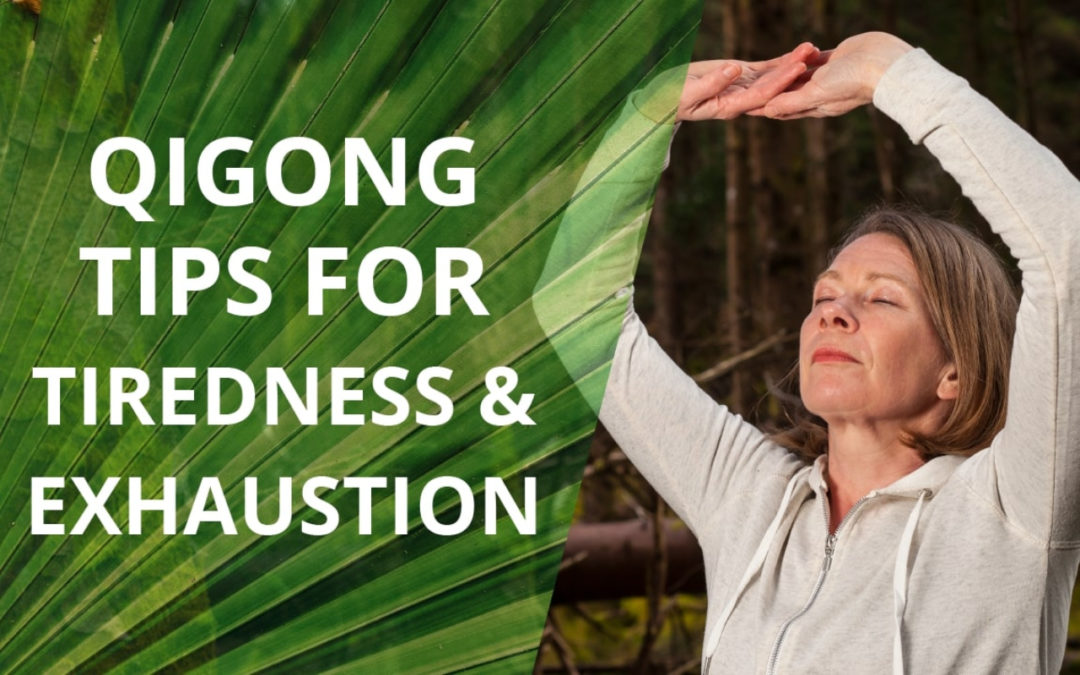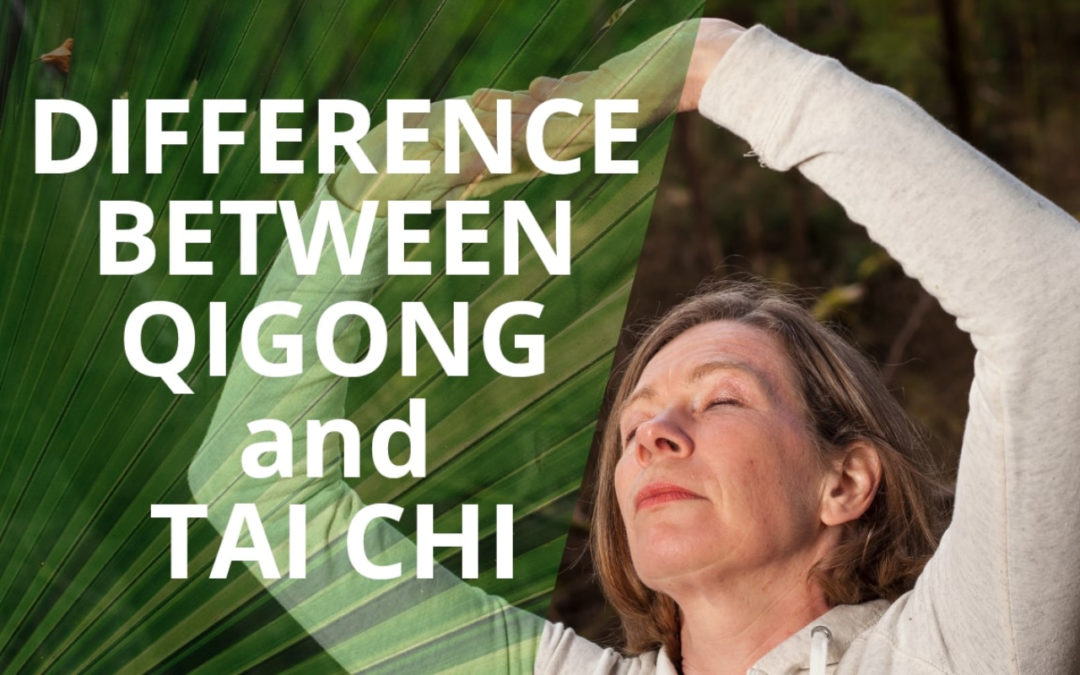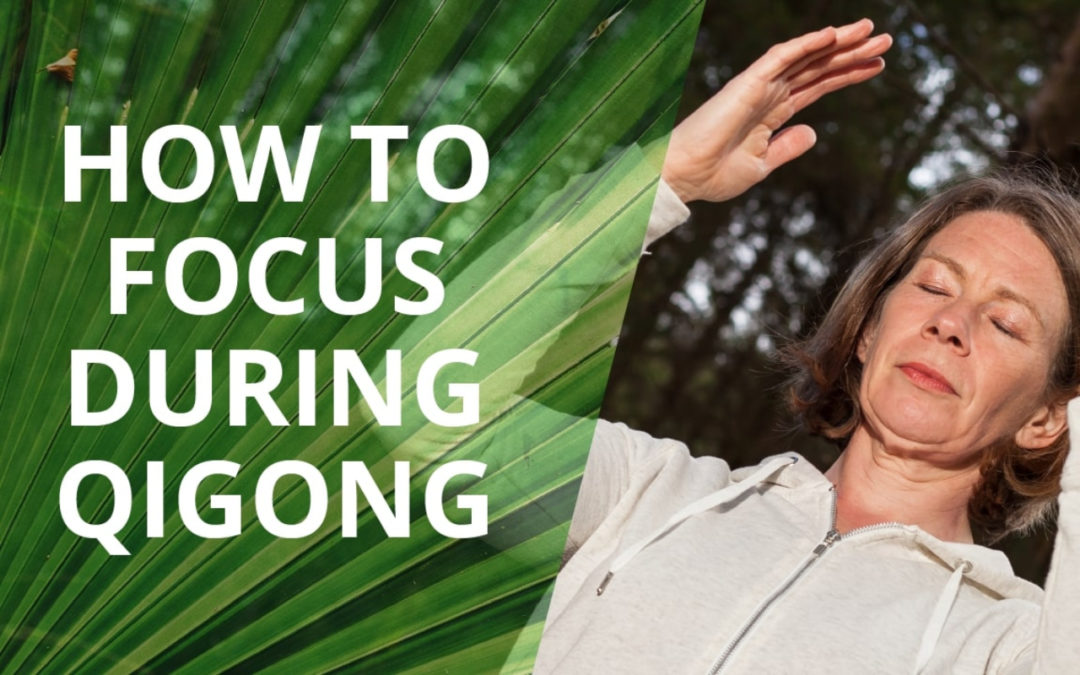
by janicetucker | 14 Jul 2017 | Qigong, Webinars & Interviews
I don’t know about you but if I’m learning something from a teacher I like to know a bit about them. I like to know what makes them tick and how they got started with what they are now teaching. So I thought you might want to know a bit more about Janice Tucker, Qigong teacher.
Janice Tucker is a practitioner of Traditional Chinese Medicine and Medical Qigong. She is also the founder of the Space To Relax online programme of Qigong video lessons.
Please don’t forget to subscribe to my YouTube channel by clicking the red “Subscribe” button. That way you won’t miss my regular videos which are full of useful health enhancing tips. These videos will help you to benefit your health and prevent illness from arising in the first place. Also please give this video a “Like” if you found it informative.
This post was inspired by Angelika Fritz who writes regularly online about Qigong and Tai Chi through her website Qialance. She also recently published a book, “The Taijiquan and Qigong Dictionary“. Angelika kindly asked me to be interviewed for a series of profiles she was presenting on her website about Tai Chi and Qigong women. The link to my interview is here. This interview inspired me to share with you a little more about how I came to Chinese medicine and Qigong.
Also in a recent survey I asked the question, “If we were sitting in a coffee shop together and you could ask me one question, what would it be?” A number of you replied by asking questions such as, “What drew you to your work?”
So below you can learn more about Janice Tucker and why I love doing what I love doing!
About Janice Tucker
The Problem and The Solution
I help two main groups of people:
Firstly, those who are stressed about their health but don’t know how to go about bringing it into balance.
Secondly, those people who actually feel healthy and want to keep it that way.
The main frustration in our busy, “always on the go” lifestyle is that we know we should slow down or manage our health better. Operating at speed creates stress, anxiety and exhaustion. However, we just don’t have the tools which will give us a some badly needed breathing space and still get everything done!
Often we might feel as though we are in vicious circle of stress causing physical pain or emotional turmoil. This in turn causes more stress and worry. It seems like there is no way to break this unhealthy pattern.
There is a huge misconception about learning any stress relieving, health enhancing methods like Qigong. That misconception is that is that you need to put aside a certain amount of time each day to practice. That’s simply not true.
The truth is that if you want to make a real difference to your health you will need to spend a little time learning the methods initially. Then after that you will be able to integrate most of them into your daily routine, e.g. when walking, standing in a queue, driving, in bed at night.
My Background
My academic background is in biology which I loved and still do. However, upon moving to Ireland I was unable to find a job in the biology field or make use of my qualification as a science teacher. After about 9 months of being unemployed I realised that this situation was having an impact on my confidence and self esteem. It was at that time that I realised I was in serious danger of becoming depressed and I had better jolt myself into action!
As a last resort I took professional career advice. From that it became clear that I could combine my love of biology, teaching and a desire to help people to heal themselves by becoming a Chinese medicine and Qigong practitioner.
I was inspired during my training and since then have dedicated myself to helping people make positive strides to improve their health, dispel their fears and give them the tools to use now and in the future so that they can thrive.
You can watch this video again on the “About Me Page” of my Space To Relax website and also read more on that page about Janice Tucker, my background and what motivates me to get up in the morning!
I hope this post gives you a bit more insight into why I love helping you all.
What Do I Do Next?
To get started learning some Qigong methods go to the Space To Relax homepage. You can sign up to receive three free video lessons. They will be delivered to you by e-mail over the course of a few days. Also, for a free audio meditation “Calm Your Busy Mind In 8 Minutes” scroll to the bottom of the Space To Relax homepage.
Please don’t forget to subscribe to my YouTube channel by clicking the red “Subscribe” button. Then you won’t miss my regular videos which are full of useful health enhancing tips. Also please give this video a “Like” if you learned a bit more about Janice Tucker and why I’m inspired to help you all.
If you are on Facebook head over to my free group, “Space To Relax Free Group“. Please leave any comments or questions for me there. I’ll be happy to answer them. Also, by joining this group, you will receive regular posts of Qigong articles and videos. They contain useful tips about how to use Qigong to improve your state of health.
home

by janicetucker | 6 Jun 2017 | Qigong, Qigong Practice Guidelines & General Information
I don’t know about you but I was familiar with yoga and what it was way before I had a clue about Qigong or even how to pronounce it! In this blog I’ll be discussing the similarities and differences between Qigong and Yoga.
Janice Tucker is a practitioner of Traditional Chinese Medicine and Medical Qigong, and the founder of the Space To Relax online programme of Qigong video lessons.
Please don’t forget to subscribe to my YouTube channel by clicking the red “Subscribe” button above so you don’t miss my regular videos which are full of useful health enhancing tips. These videos will help you to benefit your health and prevent illness from arising in the first place. Also please give this video a “Like” if you found it informative.
The Main Similarities and Differences Between Qigong and Yoga
5 Similarities Between Qigong and Yoga
1. Both are Eastern forms of exercise.
2. Qigong and Yoga both teach awareness of your body and mind.
3. Both utilise similar breathing techniques.
4. Qigong and Yoga are both whole systems involving the body, mind and posture.
5. Both are very ancient practices.
5 Differences Between Qigong and Yoga
1. Yoga tends to focus, at least in the West, on more physical postures or asanas. Qigong focuses on physical movements to a lesser extent and incorporates more of the breath and mind in its exercises.
2. Qigong movements are slower and more gentle than yoga movements. Because of this Qigong is often perceived as a bit boring and not as good at getting you fit as yoga. This is not true. Qigong, when practised regularly, can make you very strong and fit. It will unblock stagnant Qi and allow it to flow more freely so that your health improves. Do bear in mind though that Qigong does not offer you instant gratification. Significant results in terms of health are achieved over a long period of time. You should instantly feel more relaxed when you practice Qigong though! 🙂
3. Yoga originates from India. Qigong originates from China.
4. For yoga you may need slightly more athleticism than you will need for Qigong, at least how it is taught in the West. Yoga requires more movement than Qigong. Anyone of any level of mobility can perform the slow and flowing movements of Qigong, even those in a wheelchair or those with severe physical limitations.
5. Nearly every Qigong exercise improves your balance in some way. There are specific yoga balance postures but not every asana in yoga incorporates a balance element to it.
So Which Is Best For You?
If you are more athletic, you may decide that yoga is for you. If you want to address a certain medical issue then you may choose medical Qigong practice. If you are like me, you will do both. As a Qigong teacher I’m also a massive fan of yoga and attend weekly classes as I find that the two blend extremely well together and play a complementary role in enhancing my health and well-being.
What Should I Do Next?
So, if you would like to learn some Qigong for yourself got to the Space To Relax homepage. There you can sign up to receive three free video lessons which will be delivered to you by e-mail over the course of a few days. Also, for a free audio meditation “Calm Your Busy Mind In 8 Minutes” scroll to the bottom of the Space To Relax homepage.
Please don’t forget to subscribe to my YouTube channel by clicking the red “Subscribe” button. Then you won’t miss my regular videos which are full of useful health enhancing tips. Also please give this video a “Like” if you learned much more about the similarities and differences between Qigong and Yoga.
You can also head over to my free group on Facebook, “Space To Relax Free Group” and leave any comments or questions for me there. I’ll be happy to answer them. Also, by joining this group, you will receive regular postings of Qigong articles and videos with really useful tips about how to use Qigong to improve your state of health.
home

by janicetucker | 15 May 2017 | Qigong, Qigong Practice Guidelines & General Information, Qigong Routines, Qigong To Help Manage Specific Health Conditions
Some of the most common things my students say to me are, “I’m exhausted”, “I have no energy to motivate myself”, I’m tired all the time”. How many of you find yourselves saying these phrases, or ones like them, out loud? In this video I’m going to show you three fabulous tips using Qigong for tiredness. None of them take more than 5 minutes for you to achieve the transformation from exhausted to energised so get ready to follow along!
Janice Tucker is a practitioner of Traditional Chinese Medicine and Medical Qigong. She is also the founder of the Space To Relax online programme of Qigong video lessons.
Please don’t forget to subscribe to my YouTube channel by clicking the red “Subscribe” button so you don’t miss my regular videos which are full of useful health enhancing tips. These videos will help you to benefit your health and prevent illness from arising in the first place. Also please give this video a “Like” if you found it informative.
3 Tips On How To Use Qigong For Tiredness
1. Abdominal Breathing
By using simple abdominal breathing for only a few minutes you can extinguish exhaustion and increase your energy levels. This is because abdominal breathing is a more efficient way of breathing. You inhale more oxygen per breath than shallow chest breathing and thereby increase your energy. See my previous video blog on “How To Do Abdominal Breathing or Diaphragmatic Breathing” to learn this.
2. Simple Stretching
See the clip in the video to learn how to do a simple stretch up to the sky. This is a very simple way of utilising Qigong for tiredness.
Also, a simple twist of the upper body, head and neck will energise your whole spine with Qi and give you a lift in less than one minute if you are feeling exhausted.
3. Qigong Face Wash
Rub your hands together until they are hot then place them on your face. Rub your face up and down with your hands until you feel the heat has left the hands. This simple face wash is excellent for ridding any mental tiredness. It will instantly leave you feeling more awake and alive!
So, if you would like to learn some Qigong for yourself why not give it a go by heading over to the Space To Relax homepage? There you can sign up to receive three free video lessons which will be delivered to you by e-mail over the course of a few days. Also, for a free audio meditation “Calm Your Busy Mind In 8 Minutes” scroll to the bottom of the Space To Relax homepage to sign up for that.
Please don’t forget to subscribe to my YouTube channel by clicking the red “Subscribe” button. That way, you won’t miss my regular videos which are full of useful health enhancing tips. Also please give this video a “Like” if you learned much more about how to use Qigong for tiredness and exhaustion.
You can also head over to my free group on Facebook, “Space To Relax Free Group“. Leave any comments or questions for me there and I’ll be happy to answer them. By joining this group you will receive regular Qigong articles and videos with useful tips about how to use Qigong to improve your state of health.
home

by janicetucker | 8 May 2017 | Qigong, Qigong Practice Guidelines & General Information
I am constantly asked by people, “What is Qigong?”. I often start by asking if they have ever heard of Taiji (Tai Chi). If they have then I can use their level of understanding of Tai Chi to explain about Qigong. In the video above I’ll be answering the question, “What are the differences between Qigong and Tai Chi?”.
Janice Tucker is a practitioner of Traditional Chinese Medicine and Medical Qigong, and the founder of the Space To Relax online programme of Qigong video lessons.
Please don’t forget to subscribe to my YouTube channel by clicking the red “Subscribe” button in Youtube so you don’t miss my regular videos which are full of useful health enhancing tips. These videos will help you to benefit your health and prevent illness from arising in the first place. Also please give this video a “Like” if you found it informative.
The 7 Main Differences Between Qigong and Tai Chi
1. Tai Chi is a form of Qigong
Qigong is the basis of Tai Chi. The focus of your breath and mind is cultivated in Qigong practice and is the underlying foundation of Tai Chi.
2. Tai Chi is a martial art and Qigong is used for wellness and healing
Qigong utilises specific exercises for healing. Tai Chi does not do this, even though many people practice Tai Chi for healing and wellbeing purposes. Qigong does not involve any attack/defence or fighting movements as Tai Chi does although Qigong techniques can help you to improve your power and self defence techniques if you are practising Tai Chi or Kung Fu.
3. Tai Chi and Qigong make use of different movements
Qigong includes movements which you can performed from a sitting or lying down position whereas Tai Chi generally uses standing movements. Both focus on slow movements in general, although not always.
4. Tai Chi and Qigong may work with Qi differently
Often, in Qigong, separate movements focus on specific Qi functions, especially in medical Qigong. In Tai Chi the movements tend not to do this and work more on whole body function and movement of Qi.
5. The complexity of movement in Tai Chi and Qigong is different
Qigong uses very simple movements whereas Tai Chi uses more complex stances, movements and forms.
6. Tai Chi utilises forms whereas Qigong does not
Qigong does not make use of the forms used in Tai Chi but instead is based on a series of exercises that you can tailor to your individual health needs at any particular time.
7. Qigong is more adaptive than Tai Chi
Some Tai Chi movements and stances can be difficult to perform for anyone with any physical restriction or injury. Because Qigong is more of a free form practice then the you can adapt the simple movements of Qigong to your own needs and abilities.
So, if you would like to learn some Qigong for yourself why not give it a go by heading over to the Space To Relax homepage? There you can sign up to receive three free video lessons. They will be delivered to you by e-mail over the course of a few days. Also, to get a free audio meditation “Calm Your Busy Mind In 8 Minutes” scroll to the bottom of the Space To Relax homepage.
Please don’t forget to subscribe to my YouTube channel by clicking the red “Subscribe” button. That way, you won’t miss my regular videos which are full of useful health enhancing tips. Also please give this video a “Like” if you learned much more about the differences between Qigong and Tai Chi.
You can also head over to my free group on Facebook, “Space To Relax Free Group” and leave any comments or questions for me there. I’ll be happy to answer them. Also, by joining this group, you will receive regular postings of Qigong articles and videos with useful tips about how to use Qigong to improve your state of health.
home

by janicetucker | 20 Apr 2017 | Qigong, Qigong Practice Guidelines & General Information, Qigong Routines
Qigong is the practice of co-ordinating your movement, breath and mind to promote the free flow of energy (Qi) around your body. In this way the body can heal itself and come back into a healthy balance. One of the difficulties my students experience is how to focus during Qigong and stay relaxed enough to allow for the open flow of Qi. They often find it hard to balance the mind, the breath and the movement with the relaxation that is necessary in order to promote unimpeded Qi flow. This video on how to focus during Qigong will show you exactly how to do this.
Janice Tucker is a practitioner of Traditional Chinese Medicine and Medical Qigong. She is also the founder of the Space To Relax online programme of Qigong video lessons.
Please don’t forget to subscribe to my YouTube channel so you don’t miss my regular videos which are full of useful health enhancing tips. These videos will help you to benefit your health and prevent illness from arising in the first place. Also please give this video a “Like” if you found it informative.
How To Focus During Qigong Practice
1. “Sloppy”, casual focus of your mind
Pay “sloppy” almost casual focus with your mind to what you are doing. Do not concentrate with a “laser beam” focus on what you are trying to do. Rather, pay fleeting attention to your movements and breath, then let it go.
2. Observe
Observe what is happening as though you are watching and playing no part. You are simply observing the exercise, the flow of Qi, the breath and sensations in your body.
3. Relax and breathe
All you are doing is allowing, making a clear pathway for the Qi to flow. You do this by relaxing. Relaxation is the key.
4. The Qi Reorders Itself
By relaxing the Qi reorders itself because you are not doing anything to block this from happening.
5. Health and balance are restored
Once the Qi has reordered itself this promotes the self-healing mechanisms in your body and mind so that your physical, mental and emotional health come back in to equilibrium.
Summary
If you focus too much, like a laser beam, all you will do is give yourself a headache. Don’t try to force things too much. You are not moving the Qi with your body, breath or mind. The more you try to force things to happen the more the Qi stagnates. You are simply relaxing and breathing, paying casual attention so that the pathways along which Qi can flow become more open, unobstructed and unimpeded. It should feel effortless, calm and relaxed. This is the whole essence of how to focus during Qigong practice.
What Do I Do Next?
So, now you know how to focus during Qigong practice why not give it a go by heading over to the Space To Relax homepage? There you can sign up to receive three free video lessons which will be delivered to you by e-mail over the course of a few days. Also, for a free audio meditation “Calm Your Busy Mind In 8 Minutes” scroll to the bottom of the Space To Relax homepage to sign up for that.
You can also head over to my free group on Facebook, “Space To Relax Free Group” and leave any comments or questions for me there. I’ll be happy to answer them. Also, by joining this group, you will receive regular Qigong articles and videos with useful tips about how to use Qigong to improve your state of health.
Please don’t forget to subscribe to my YouTube channel so you don’t miss my regular videos which are full of useful health enhancing tips. Also please give this video a “Like” if you learned much more about how to focus during Qigong practice.
home






